I have very exciting news! When we were at the dog park the other day, we saw a swarm of bees! It had just landed on a tree branch, only about six feet off the ground. There weren't too many people around, which was good, because a lot of people are afraid of bees.
I called several local beekeepers, and finally got one to come and collect the swarm, so they have a new home. I was very relieved to hear about it.
You may not know this about me, but I grew up in a beekeeping family. My dad has had beehives for as long as I can remember; I can't tell you how many times I got stung on my feet because I walked around barefoot constantly. Every year, I would help him with the honey harvest, and he often would take me out on swarm calls. As I got older, I helped with colony removal from buildings, attended a couple conferences with him, and helped with bee events in different capacities.
Seeing the swarm at the park, hanging out with it for a bit, and warning dog owners not to get too close, made me awfully nostalgic. I'm reasonably certain I'll never have my own bees. They're a lot of work. And expensive to get started with.
On the other hand, you never know. Perhaps the call will grow too strong and I won't be able to resist.
Since I'm writing about this, let me give you a few tips in case you encounter bees in your springtime travels. First of all, if you're allergic, please carry your EpiPen when you're wandering around outside. There are several varieties of bees that live in the ground, and if you step on their house, they will sting.
If you see a swarm settle onto a branch or bush, and it seems like a weird spot for a lump of bees (this is more likely to happen in the spring), leave it alone and call a beekeeper. These bees are probably not going to be aggressive, so don't panic, but it's still best to leave them alone. They are wild animals. You can search "X County Beekeeping Association" to find the closest beekeepers to you. They often have a "swarm call" list on the site, with at least one phone number. You can call 911, and sometimes they will help, and sometimes not. Beekeepers will usually retrieve these bees for free, at least if they're not too hard to get to.
If you come across bees and they seem to be flying in and out of some kind of hole—in a tree, a wall, a garage, a log—or if you see any comb, this is probably a colony. Definitely keep your distance and call a beekeeper. This is likely their home, and they will defend it if they perceive you to be a threat. Beekeepers often charge to remove these colonies from various locations, even if they are honeybees. This is because it is significantly more work to uproot an established colony than catch a swarm, and the bees will likely be somewhat aggressive as they are defending their home.
Bees are great. Don't kill spring dandelions. Buy honey locally!
Anyway, all that said, I love bees and hope you do too. I plan to incorporate beekeeping into a future book, but I haven't quite committed to whatever that will look like yet.
















